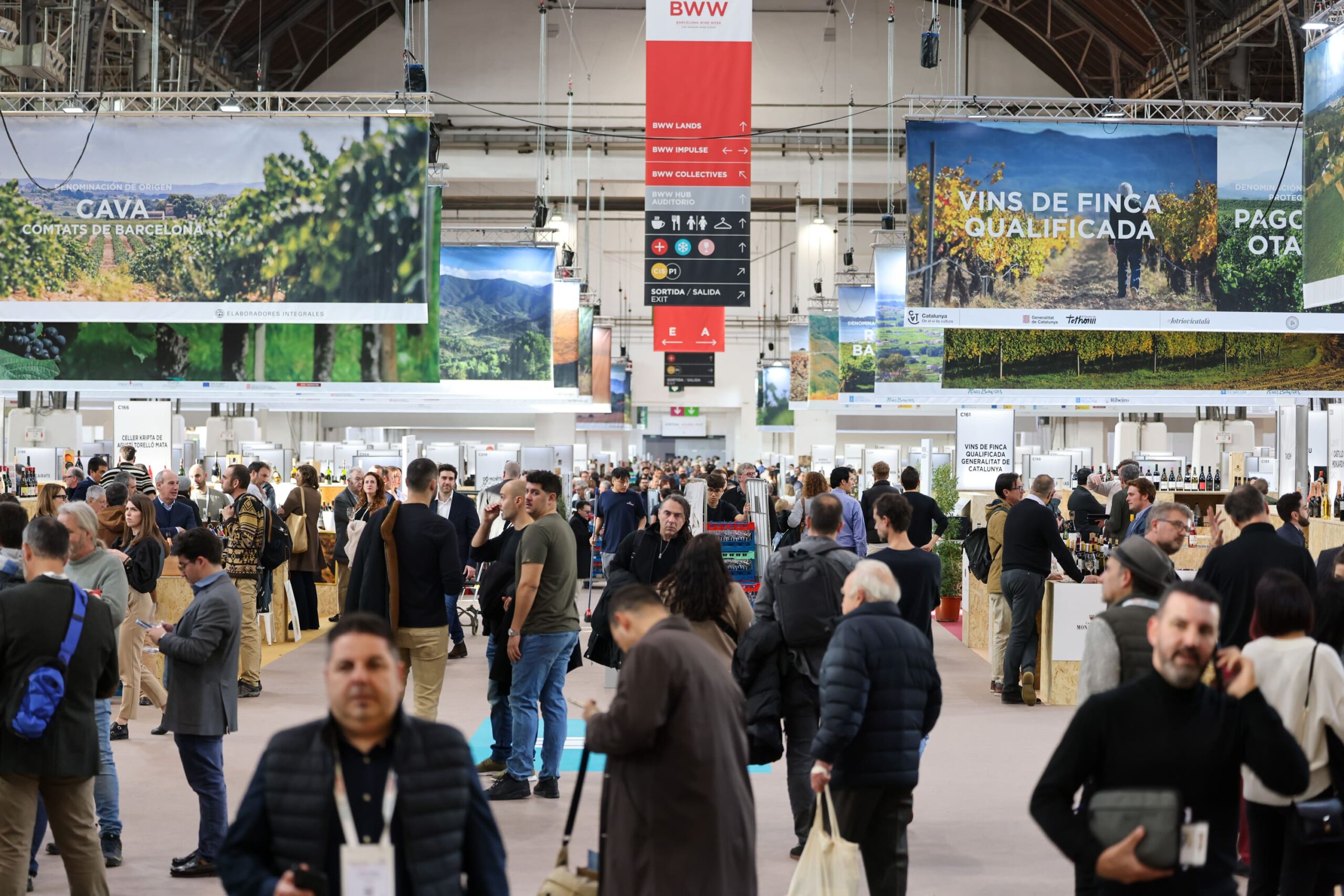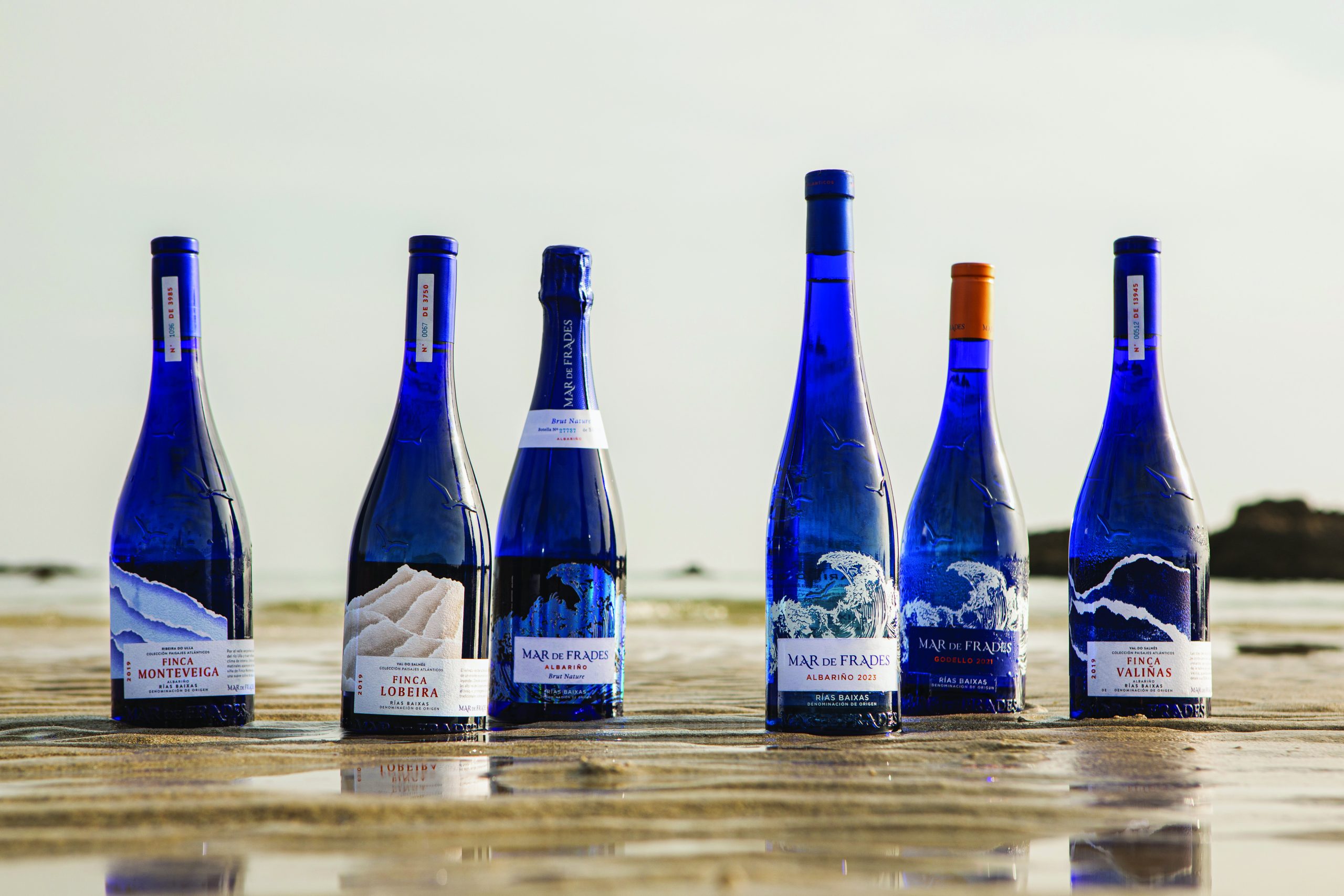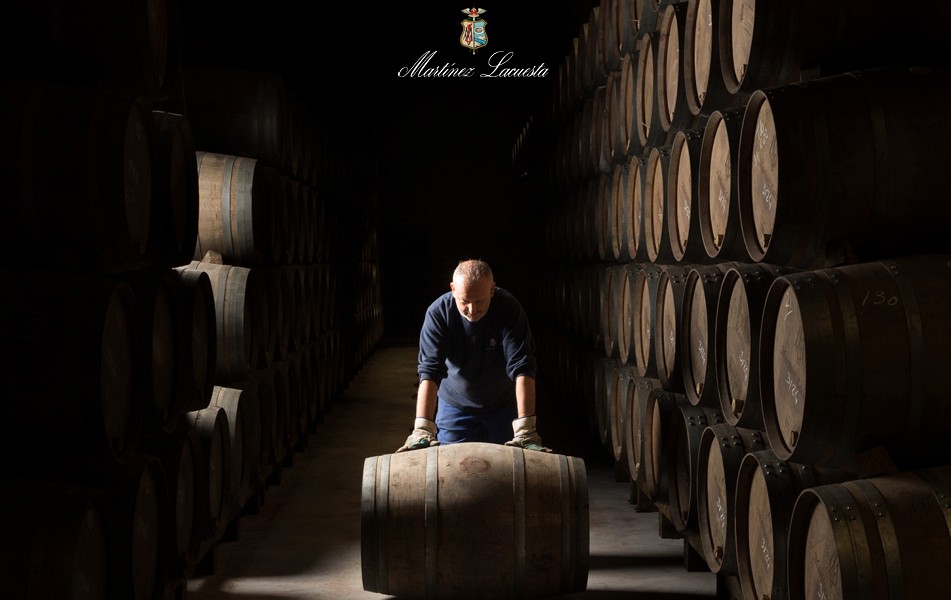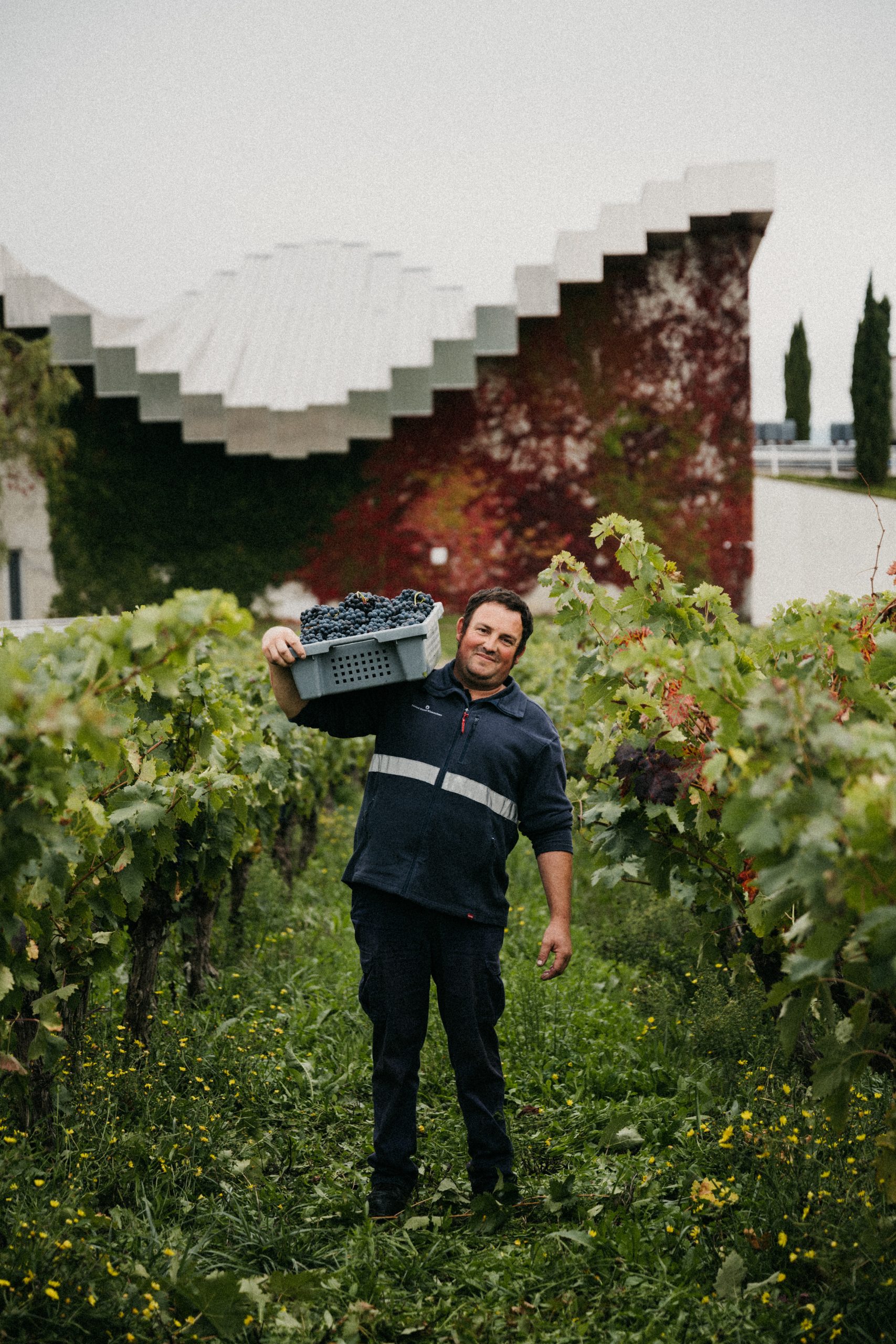CapeWine 2018: Perilous progress
The latest instalment of CapeWine threw into ever sharper relief the enormous qualitative heights the best South African wines are hitting but the industry is not without serious structural problems that need to be overcome if growth and progress is to be maintained.
Taking place in Cape Town from 12-14 September, the fair showed off the very best of South African winemaking from the well-established to the ‘Young Turks’ and with the likes of the ‘Zoo Cru’ (Chris Alheit, Duncan Savage, Craven Wines &co.) dressed and permed in their most outrageous 80s-themed costumes it was also one brimming with positive energy.
There was good cause to be excited too as the undoubtedly excellent (but small) 2017 vintage was really showing the wines at their best.
Momentum has been building over the last few years but there is absolutely no doubt today that the upper echelons of the South African industry are in any way inferior to their New and Old World counterparts.
Yet, there remains an extremely perilous gulf yawning beneath them. The theme of this year’s fair was sustainability – economic, environmental and ethical.
The show opened with a seminar featuring multiple speakers, including Carina Gous, non-executive chairwoman of Wines of South Africa, who laid out the problems in stark terms.
South Africa in general is still marked by high unemployment, high inflation, VAT increases and a volatile rand.
Add to this the recent drought (which has bought en estimated direct revenue loss of some R700 million) and subsequent water pressures and reduced harvests (the positive quality aspect aside) and winemaking in the Cape is becoming much more expensive.
Yet wine prices are not rising. In her presentation Gous showed that while exports have risen to 52% of production, it is mostly bulk wine, while higher-priced bottled exports remain small. Of all the biggest wine producing nations of the world, South Africa has the lowest price per litre – even lagging behind Chile.
As she went on profitability pressures are rising and the area under vine is therefore declining as hard-pressed growers grub up vines – which is often precious old material – because other crops bring better returns.
The wine industry in the country employs over 300,000 people and if it suffers so unemployment may rise and with it the attendant problems associated with poor education and poverty.
Gous said: “We will continue doing all the great work but unless we can change our position (financially), we cannot ensure a sustainable industry.”
The point was pushed home further still when DGB, the company that owns Boschendal, released a video during the show called: ‘The Inconvenient Truth’.
It pointed out that land under vine has been declining since 2005 but plants being grubbed up have been overtaking replantings since 2007.
According to South African Wine Industry Information & Systems (SAWIS) figures, in 2016 5,515ha were pulled up but only 2,101ha were planted, while last year 3,613ha came out and just 1,211ha were replaced. If this trend continues then in three to four years the total loss to the industry will be in the region of 120m litres. That’s a lot of wine that could otherwise have been sold.
The main problem, as Gous had stressed, is profitability. Farming wine grapes ranks a very distant third behind apples and berry fruits. The average return on investment in the wine industry is less than 1% while in other agricultural areas it is 15-20% according to the growers non-profit organisation VinPro.
Last year, according to VinPro again, just 14% of South African producers were profitable, 49% were low profit, 2% broke even and 35% were loss making.
Part of the problem is the cost of grapes. Many growers in South Africa struggle to break through the US$1,000-US$1,200 barrier (R14,500-17,000/£750-900) for a ton of Cabernet Sauvignon, Kanonkop CEO Johann Krige, said in the video. “And that’s max. Some South African producers are getting US$500 a ton and that’s just not sustainable.”
One of the reasons old vines in particular are suffering is that while they can often give more desirable results in terms of fruit concentration, they tend to give smaller yields and if prices don’t rise then the cost of farming that vineyard for pittance in return makes the cost of farming them outweigh the benefits.
Partner Content
A hectare of old vines cost about ZAR45,000 (£2,600) to work for an average yield of three tons. To be financially viable the grower would need about ZAR15,000/ton (£880) but all too often they are being paid in the region of ZAR4,000/ton (£240). So out they come and a resource that could otherwise be used to add value to the South African category is lost.
A reason why an initiative such as the Old Vine Project is so important.
Another problem is the price South African wine continues to command against its peers. Looking at the average price of wines awarded 90+ points in The Wine Spectator, the video pointed out that South African wines with those scores were getting just US$40 a bottle on average, while Chile was on US$53, California on US$65, Italy US$75 and France US$103.
It is clear that there are still severe mis- and preconceptions about South African wine that need to be done away with.
They are broadly similar to that faced by Chile and which that country is steadily overcoming – the view of the wines as ‘cheap and cheerful’ and of little substance.
So what to do?
The video laid out its vision thusly:
- Structural income adjustment of 25-30%
- Target a return on investment of 5% by 2025
- Increase value and quality but also producer profitability
- Invest in new vineyards and protect old vine stock
- Engage the government and encourage a multi-stakeholder industry
- Grow wine tourism
- Ask for higher prices
“Unless we have a structured adjustment of 30%+ the industry will not get back into investment mode,” warned Rico Basson, managing director of VinPro.
The lack of ROI in the South African industry has wider implications beyond company profitability. Without remaining profitable the industry cannot support their communities with employment, higher wages and with it bringing people out of poverty and into higher education and with it opportunities perhaps outside of the wine sector.
It also impacts negatively on encouraging previously disadvantaged people from investing in wine and in turn creating wealth and employment etc.
Speaking to the drinks business during the fair, Pieter Cronje of Fairtrade producer uniWines pointed out that part of the structural problem was lack of a firm base in the industry. “We don’t have a foundation,” he said. “We’ve got amazing ‘roofs’ [referring to top flight producers] but we need to have the door to the large scale [to support them].”
But South Africa’s trailblazers have an important part to play too in galvanising and exciting the wine world. As wine writer Michael Fridjhon added, the success of South African wines in international competitions an the rise of the ‘Young Turks’ full of passion for old sites and winemaking excellence shows that South Africa has come of age and the wines deserve more than they are getting.
Beyond what can be done in South Africa, for the trade in the UK and elsewhere no one with a professional or merely passing interest in wine can afford to ignore what is happening in the Cape.
For the on-trade in particular there is a wealth of opportunity to find very fine, food friendly wines at extremely attractive prices.
With the exchange rate so strongly in our favour minor price increases from South Africa can easily be absorbed and the salient point is it will not take huge price increases to help make some of the changes required and return better profitability to the South African industry – and the wines are worth it.
South Africa is in a thrillingly exciting place right now and it will take just a little push to get it over the hump and maintain its momentum. But equally just a little nudge to send it back down a very dark hole.
‘The Inconvenient Truth’ can be viewed on Youtube here. More on the sustainability in the South African wine industry will feature in the October issue of db.




